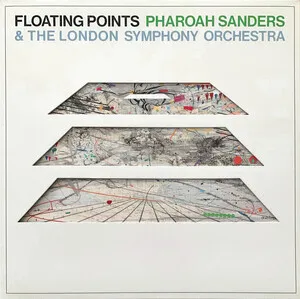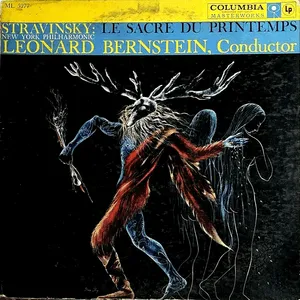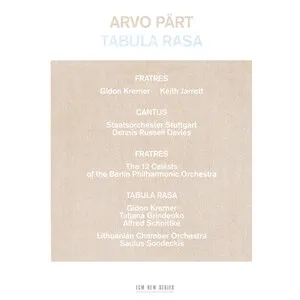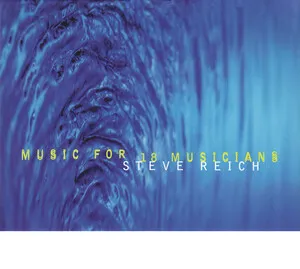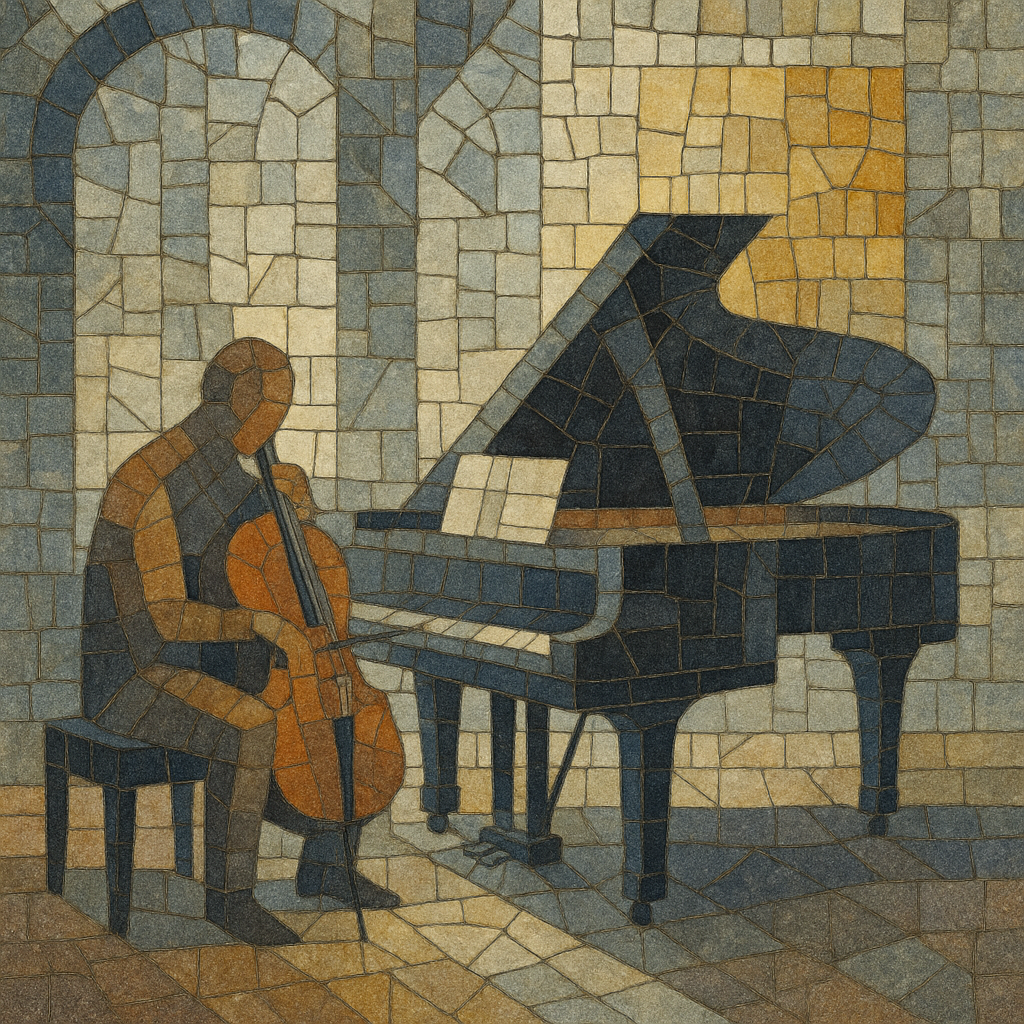
Modern classical is a contemporary strand of instrumental music that applies classical composition techniques to intimate, cinematic settings. It typically foregrounds piano and strings, is sparsely orchestrated, and embraces ambience, repetition, and timbral detail.
Rather than the academic modernism of the early 20th century, modern classical as used today refers to accessible, mood-driven works that sit between classical, ambient, and film music. Felt pianos, close‑miked string quartets, tape hiss, drones, soft electronics, and minimal harmonic movement are common, producing a contemplative, emotionally direct sound that translates well to headphones, streaming playlists, and screen media.
Modern classical’s aesthetic DNA comes from several late‑20th‑century movements: minimalism (Philip Glass, Steve Reich) supplied steady pulse and motivic repetition; ambient (Brian Eno) introduced sustained textures and space; post‑minimalism and ECM’s chamber recordings modeled lyrical restraint and intimate production. Neoromantic harmonies and impressionist color further softened the edges of avant‑garde modernism.
In the 2000s a new cohort reframed these influences into concise, cinematic pieces. Ludovico Einaudi’s widely streamed piano music, Max Richter’s The Blue Notebooks (2004), and Jóhann Jóhannsson’s IBM 1401, A User’s Manual (2006) set templates for emotionally direct writing that blended strings, piano, and electronics. Labels such as FatCat’s 130701 imprint and Erased Tapes (UK/DE) nurtured artists including Ólafur Arnalds, Nils Frahm, and Dustin O’Halloran, defining the close‑miked, texture‑rich sound associated with the style.
The 2010s saw rapid growth through syncs, film/TV scoring, and streaming playlists (e.g., “Peaceful Piano”). A Winged Victory for the Sullen, Hildur Guðnadóttir, Hauschka, and contemporaries expanded the palette with prepared piano, tape loops, and subtle synths. Deutsche Grammophon’s “Recomposed” projects and indie‑classical festivals normalized collaboration across classical, electronic, and post‑rock scenes. The genre’s production values—felt piano, intimate room reverb, and careful noise floor—became idiomatic.
Modern classical remains a global, playlist‑native idiom. Artists like Hania Rani and a new wave of composer‑performers fuse chamber writing with sound design, spatial audio, and modular synthesis. While still rooted in minimal gestures and tonal centers, today’s works increasingly explore micro‑textures, field recordings, and site‑specific acoustics, continuing the genre’s balance of compositional craft and accessible mood.



